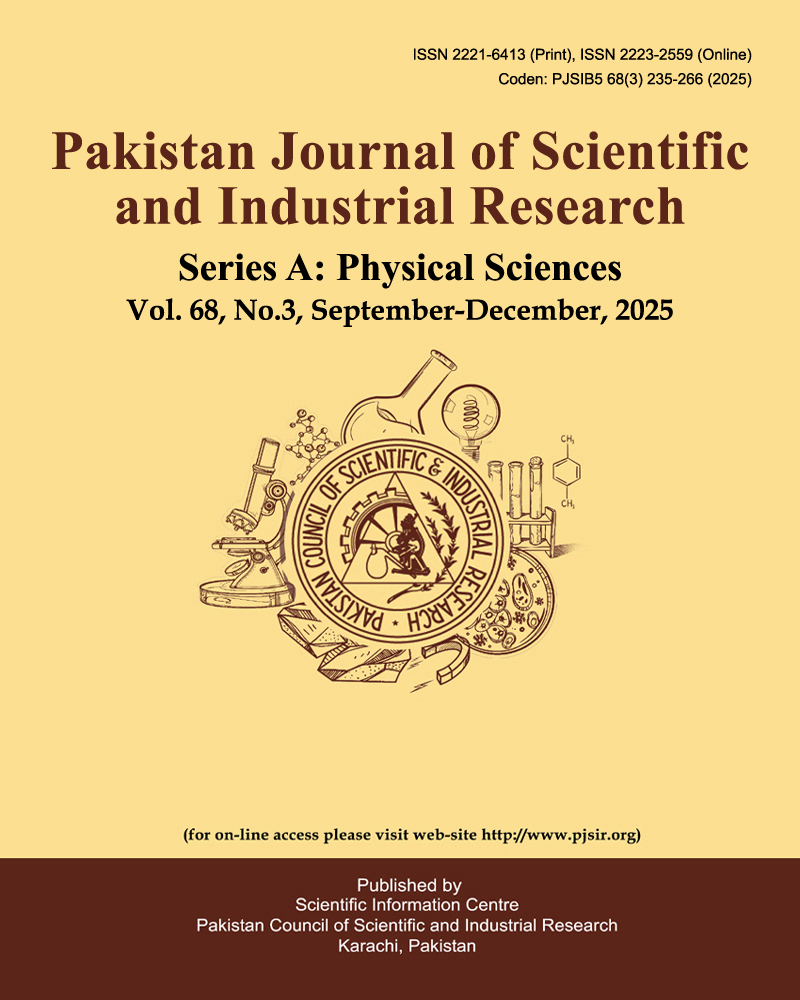Puffed Rice Biochar: Characterization and Adsorption Studies for Methyl Orange Dye Elimination
Characterization of Puffed Rice Biochar
Abstract
This study investigated the use of puffed rice biochar for the removal of methyl orange (MO) dye. The effects of various factors, including shaking duration, particle size, MO dye concentration and temperature, were examined. FTIR and SEM analyses were conducted to understand the mechanisms behind the effective removal of methyl orange (MO) dye using puffed rice biochar. Both techniques together offer a comprehensive view of the biochar's characteristics, combining chemical composition and surface morphology insights. Equilibrium in the adsorption process was reached within 60 min. Larger particle sizes are associated with lower Ce values, indicating that smaller particles are more effective at adsorbing MO, leading to higher yields. The adsorption process was efficient, especially at higher MO concentrations, with puffed rice biochar effectively removing methyl orange due to its porous structure and surface functional groups. However, at elevated MO concentrations, the biochar's adsorption capacity becomes limited. The thermodynamic study indicated that the process exhibited exothermic behaviour and was spontaneous within the temperature range of 20 °C to 30 °C. However, positive G° values at higher temperatures suggested that the process became non-spontaneous and required the input of external energy. This implies that adsorption is more effective at lower temperatures, while higher temperatures may lead to desorption, affecting the overall colour removal efficiency. At a temperature of 313 K and with particles measuring 170 µm, nearly 96% of the dye was successfully removed by the system. FTIR and SEM analyses revealed the presence of several surface functional groups and a crystalline structure in the biochar, which are crucial for dye removal. The Langmuir model was found to better fit the adsorption isotherms, indicating that MO adsorption follows a monolayer pattern. The porous and crystalline structure of the biochar was also confirmed by SEM, suggesting potential for further enhancement.


